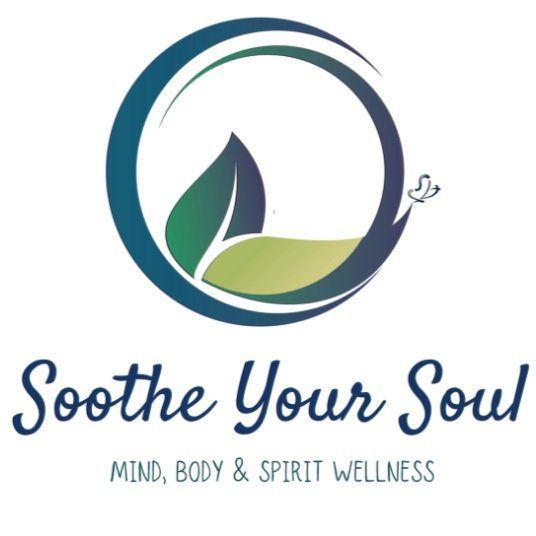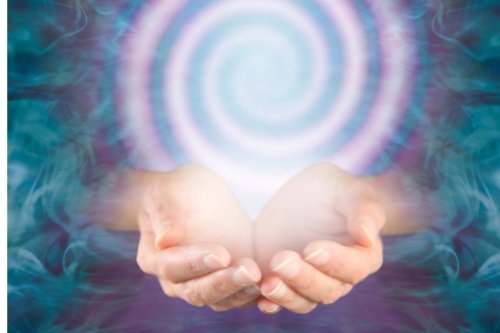The Healing Power of Reiki
Reiki is a holistic healing technique that has gained popularity in Western countries for its potential to promote relaxation, reduce stress, and enhance overall well-being. Originating in Japan, Reiki is based on the concept of channeling universal life force energy to activate the natural healing processes of the body. While Reiki is not a replacement for conventional medical treatment, many people find it to be a beneficial complement to their wellness routine.
What is Reiki?
At its core, Reiki is a spiritual practice that aims to harmonize the mind, body, and spirit. The word "Reiki" can be broken down into two parts: "rei," which means universal, and "ki," which means life force energy. Together, Reiki is often translated as "universal life energy." Practitioners believe that this life force energy flows through all living beings and is essential for maintaining health and well-being. By channeling this energy, Reiki practitioners can help remove energy blockages and promote healing.
History and Origins
Reiki was developed in the early 20th century by Mikao Usui, a Japanese Buddhist monk. Legend has it that Usui embarked on a 21-day meditation and fasting retreat on Mount Kurama, where he experienced a profound spiritual awakening. Upon his return, Usui developed the system of Reiki healing and began teaching it to others. The practice of Reiki spread throughout Japan and eventually made its way to the West, where it has continued to evolve and gain popularity.
Reiki helps to clear energetic blockages in our energy centers.
How Reiki Works
During a Reiki therapy session, the practitioner uses their hands to either lightly touch or hover over the recipient's body, focusing on specific energy centers known as chakras. By doing so, the practitioner aims to remove energy blockages and promote the free flow of life force energy throughout the body. This process is believed to stimulate the body's natural healing abilities and restore balance on physical, emotional, and spiritual levels.
Benefits of Reiki
The benefits of Reiki are many. Many people report feeling deeply relaxed and peaceful after a session, with some experiencing a reduction in stress, anxiety, and physical pain. Reiki is also believed to promote emotional healing, improve sleep, and enhance overall well-being.
Receiving a Reiki Treatment
A typical Reiki session is a gentle and non-invasive experience. The recipient remains fully clothed and lies down on a massage table, while the practitioner places their hands lightly on or above the body. The practitioner then moves their hands systematically through a series of hand positions, focusing on areas where energy blockages are believed to exist. A Reiki session typically lasts between 45 minutes to an hour, and recipients often report feeling a sense of warmth, tingling, or deep relaxation during the treatment. You can combine a Reiki session with our other healing modalities, such as massage, to increase the benefits to mind and body.
Reiki is a gentle and non-invasive healing technique that aims to promote balance and harmony within the body. Whether you are looking to reduce stress, alleviate pain, or simply enhance your overall well-being, Reiki is worth exploring as a complementary therapy to support your health and wellness journey.



